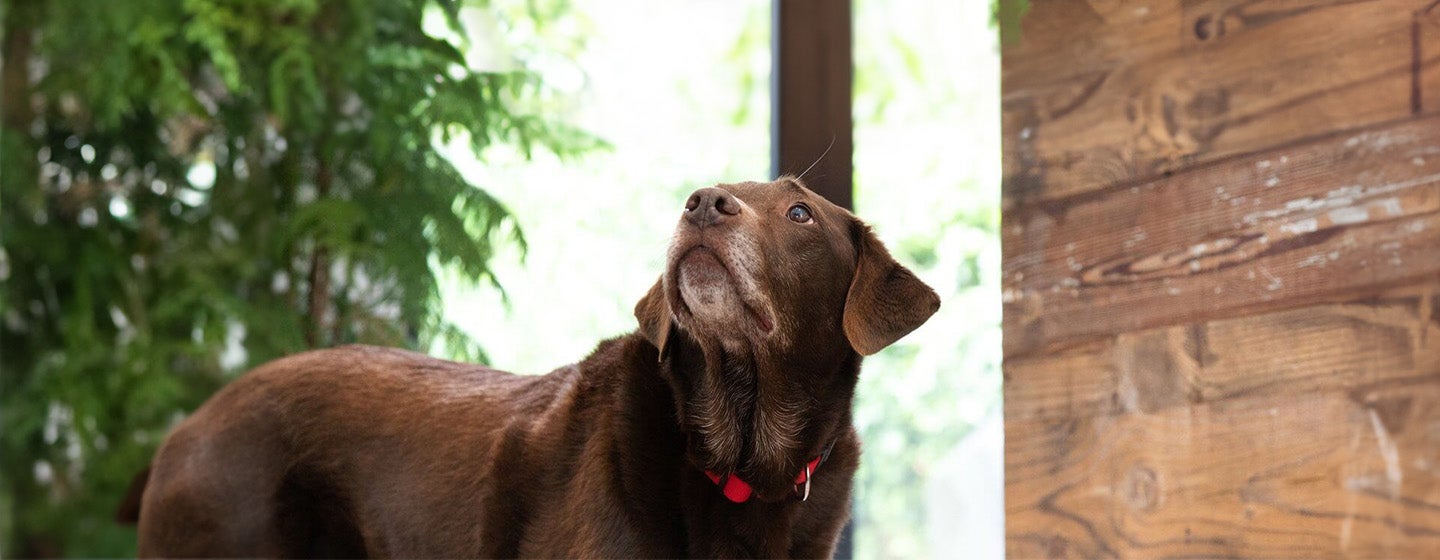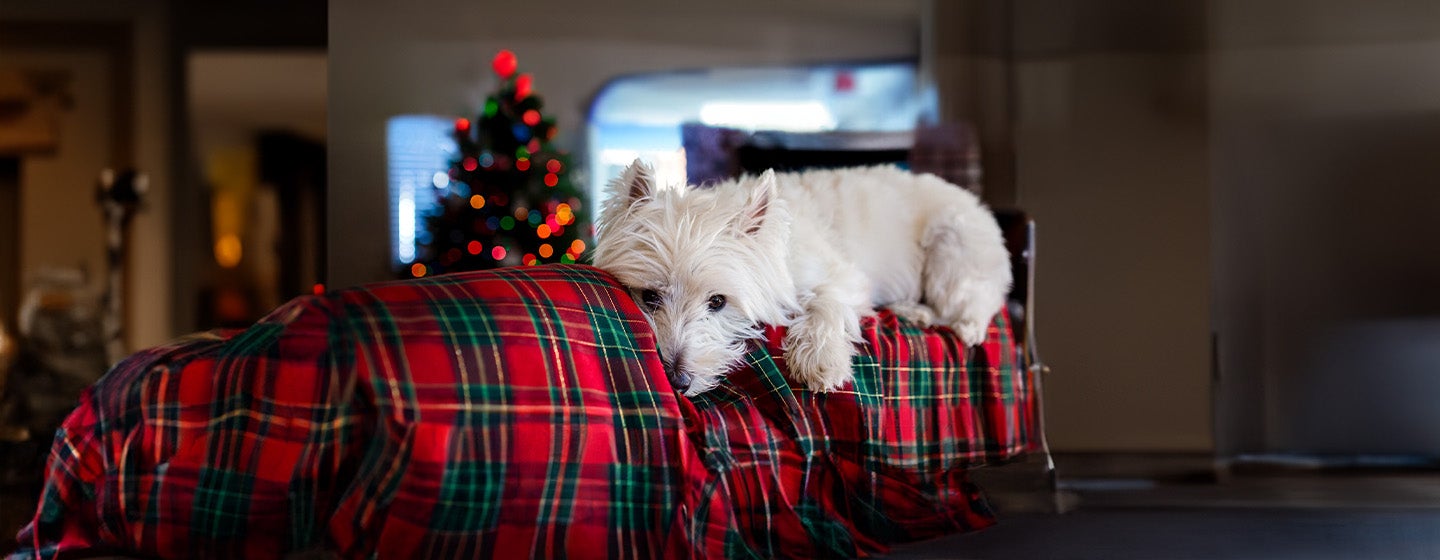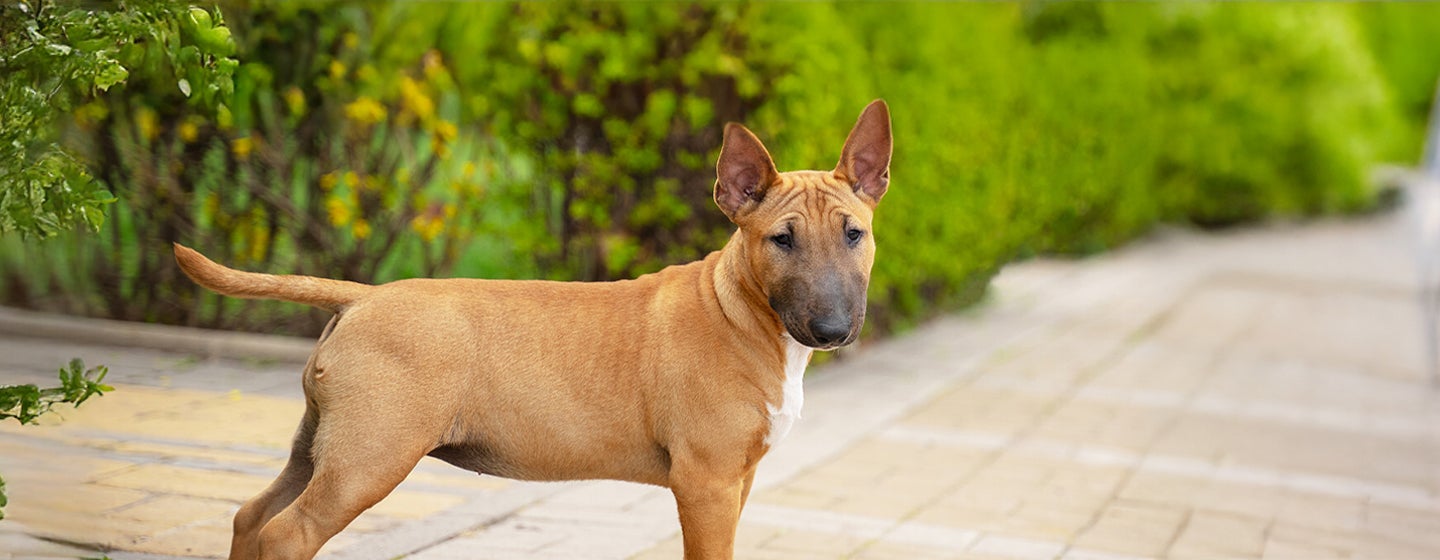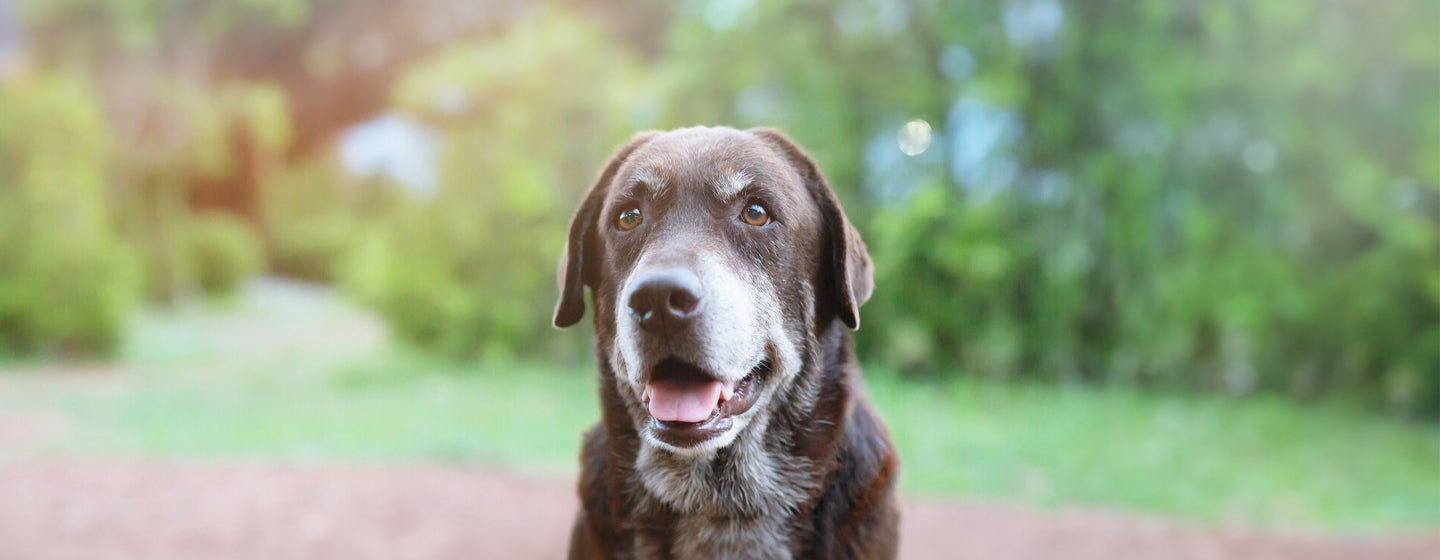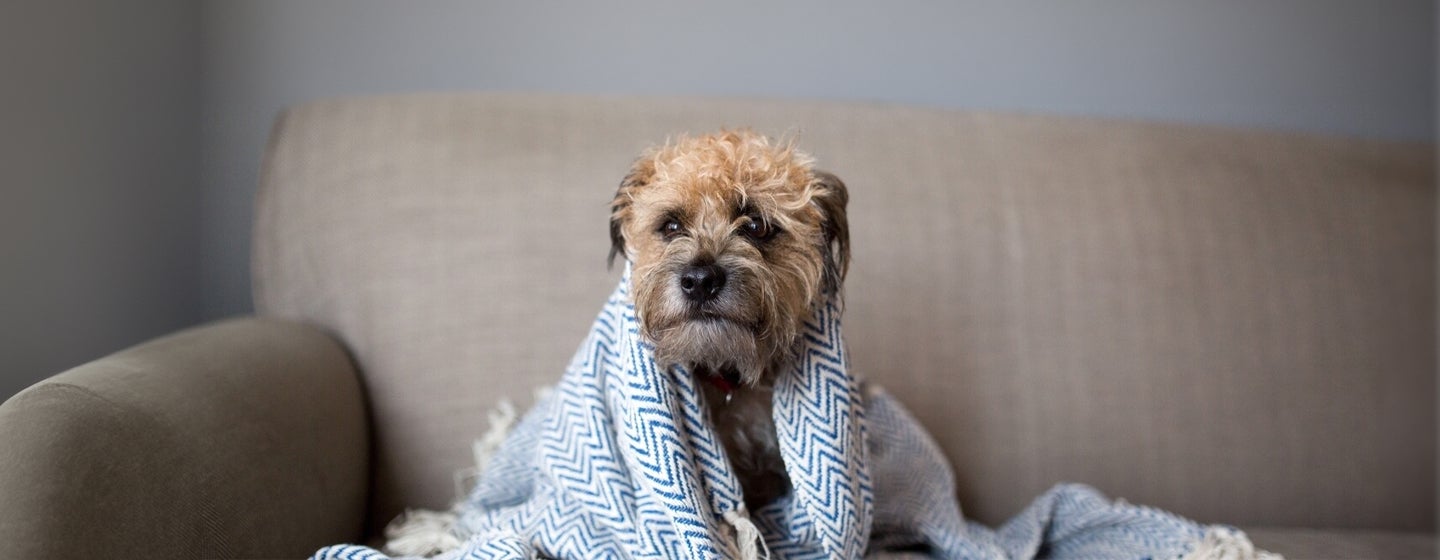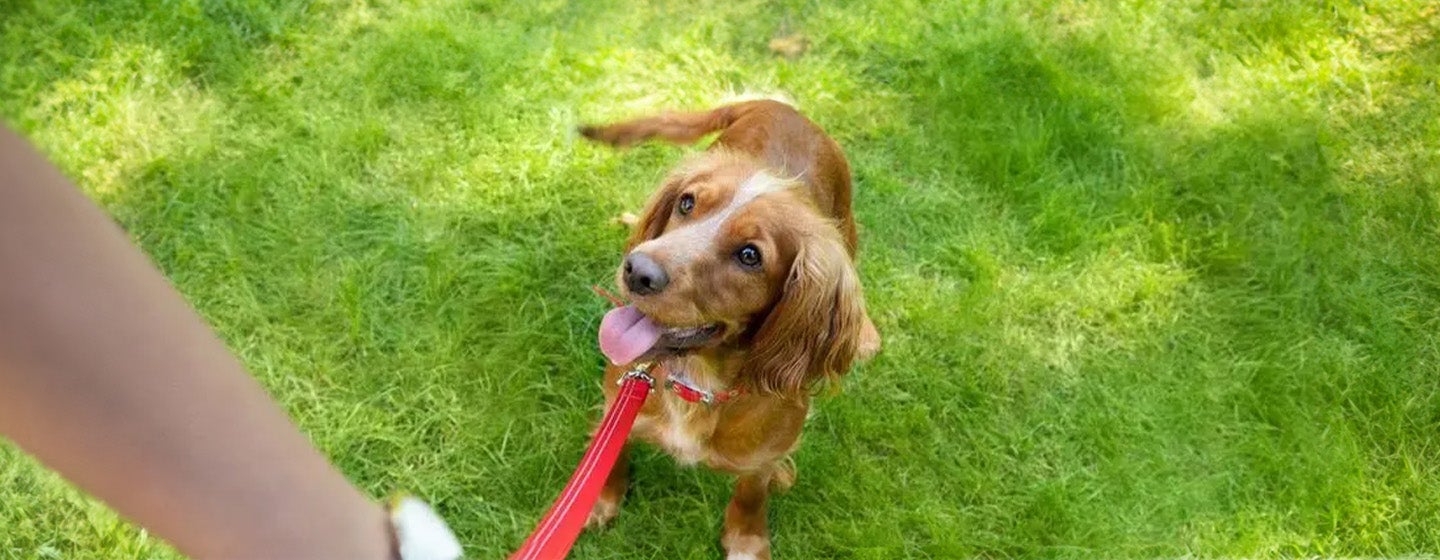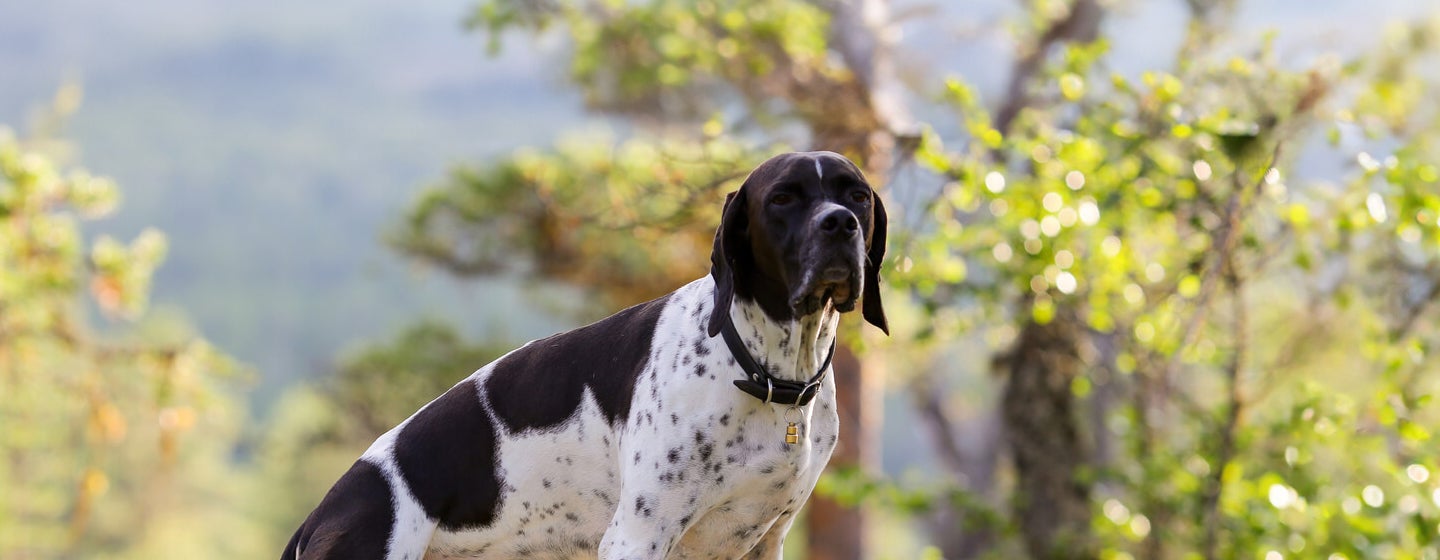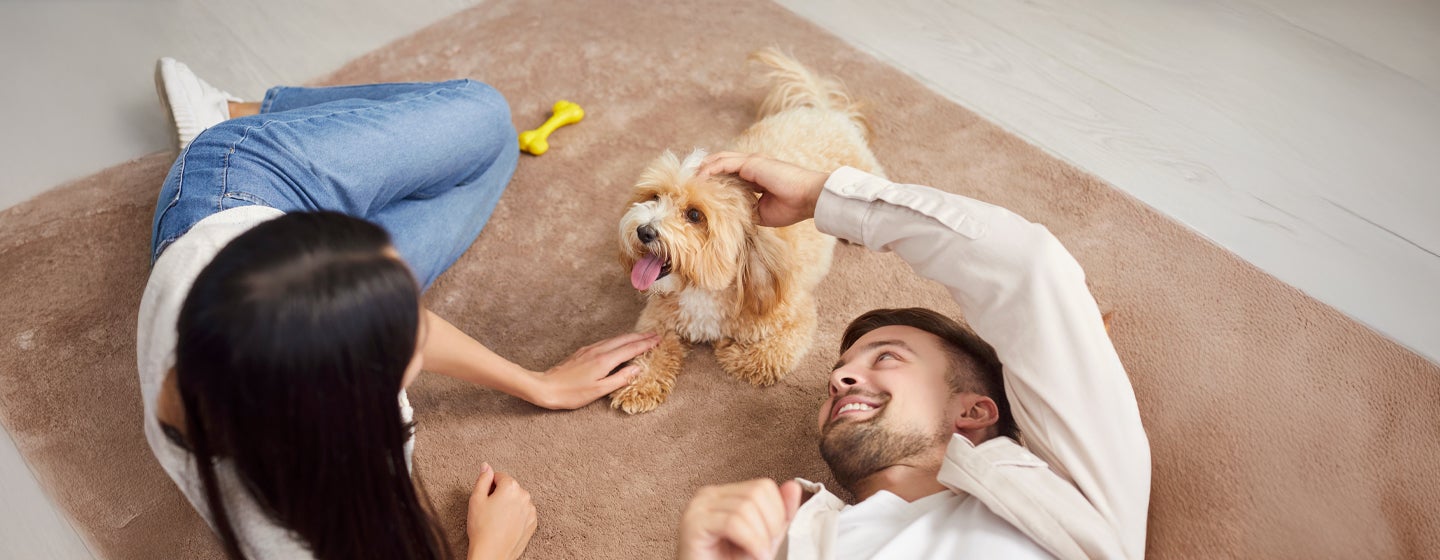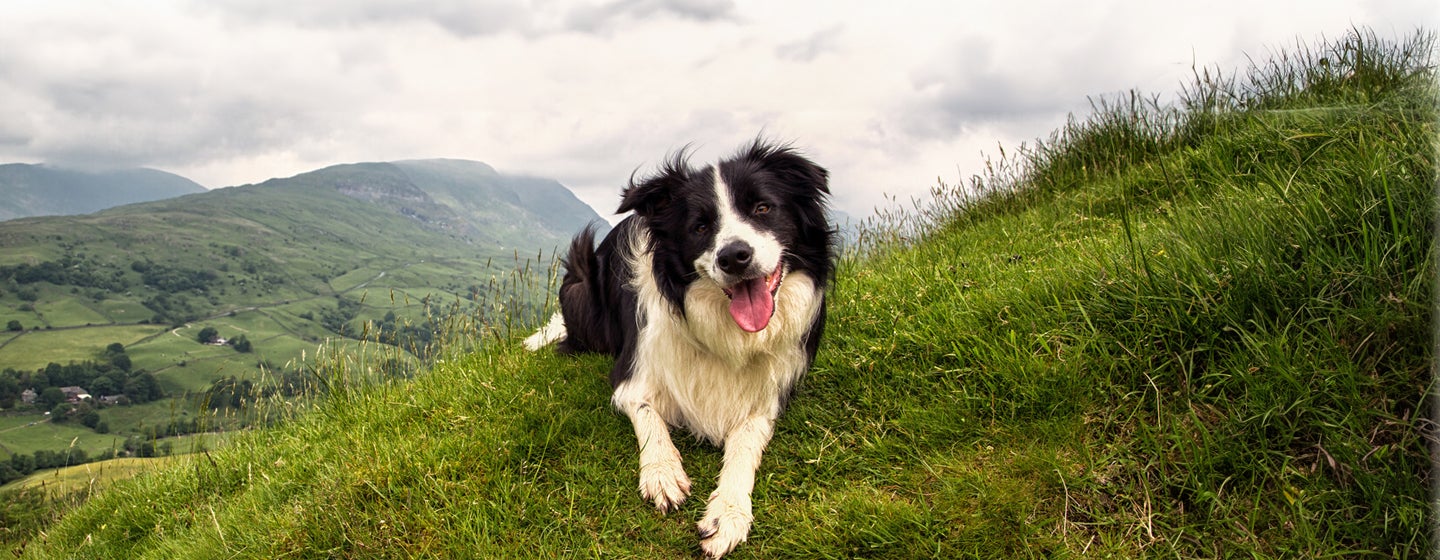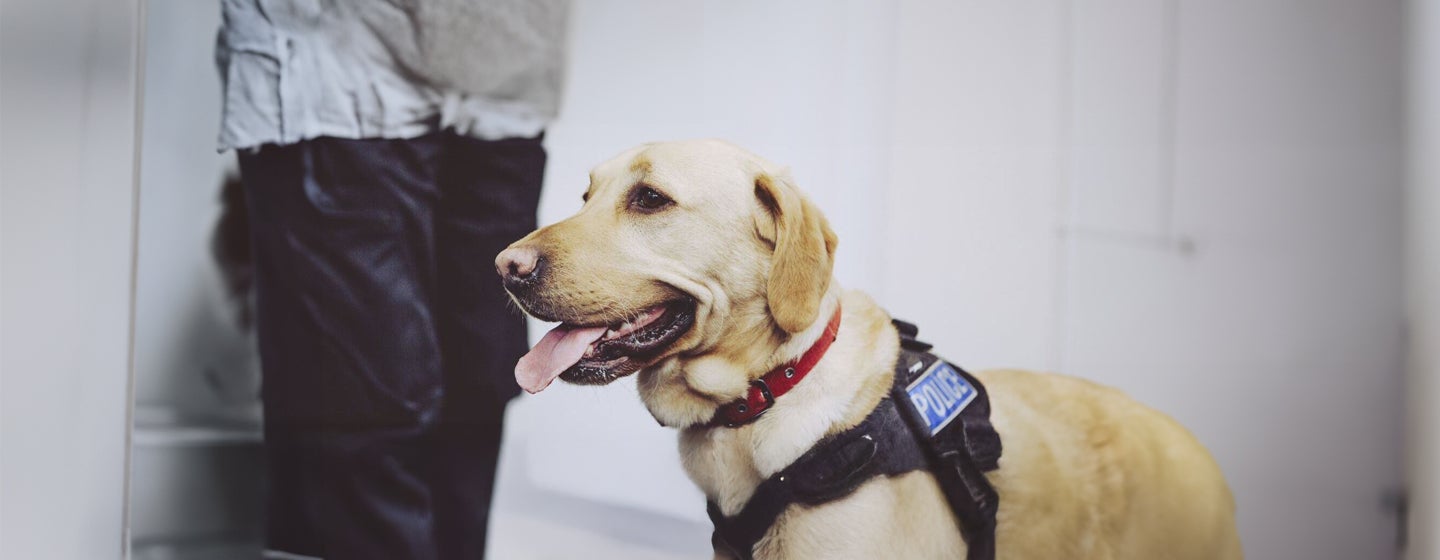Pastoral dog breeds come in many shapes and sizes, but they all love nothing more than having a job to do. Here is what you need to know about these hard-working canines, from grooming requirements to the type of exercise they like best.
Pastoral dog breeds love working with their owners and will wag their tails whenever the whole family gets involved, whether it's training, exercising or play time. Given their expertise in moving and protecting livestock, it's no wonder that pastoral dogs can easily become reliable members of the family, always happy to cooperate, but extremely keen on large amounts of exercise. Find out what makes these dogs such beloved companions and discover the diverse line-up of pastoral breeds, including the short, but sturdy Welsh Corgi as well as the larger German Shepherd.
A pastoral dog's job
Pastoral dogs hail from all over the world, and were originally bred to herd, move and sometimes also protect, livestock. Depending on their size and skills, pastoral breeds were entrusted with diverse jobs that involved looking after sheep, goats, cattle or even in some cases reindeer.
Pastoral dog breeds sizes
As a result of their diverse background, pastoral breeds come in virtually all sizes and coat types, from the smaller heelers (who move livestock by nipping at their heels) to the giant breeds who are guardians as well as herders and hence need to be larger and more powerful.
The natural instincts of pastoral breeds
Like all working breeds, pastoral dogs utilise their natural canine behaviours to do the jobs that humans have developed them for. Pastoral breeds are specialists in watching livestock and then working with their owner, using the stalk/chase part of their hunting behaviour to move them where they need to go. A herding dog shouldn't bite their charges and so individuals who were weak in the 'bite' part of the predatory behaviour were generally used to create these breeds. The exception is the heelers - for whom nipping at the heels of cattle was their strategy for encouraging animals more than 10 times their size to go somewhere they might not want to.
As this predatory behaviour is self-rewarding for dogs owners have to be aware that not only do their dogs enjoy carrying out these behaviours, they also need an outlet for their hard-wired instincts to stay healthy and happy. This doesn't mean you need a flock of sheep in the garden, but it does mean that these are hard-working dogs who relish having a job to do that involves owner interaction, and controlled stalking, chasing and brain work.
Pastoral dog breeds behaviour and personality
Here are a few things to keep in mind when deciding whether a pastoral dog is the companion for you.
